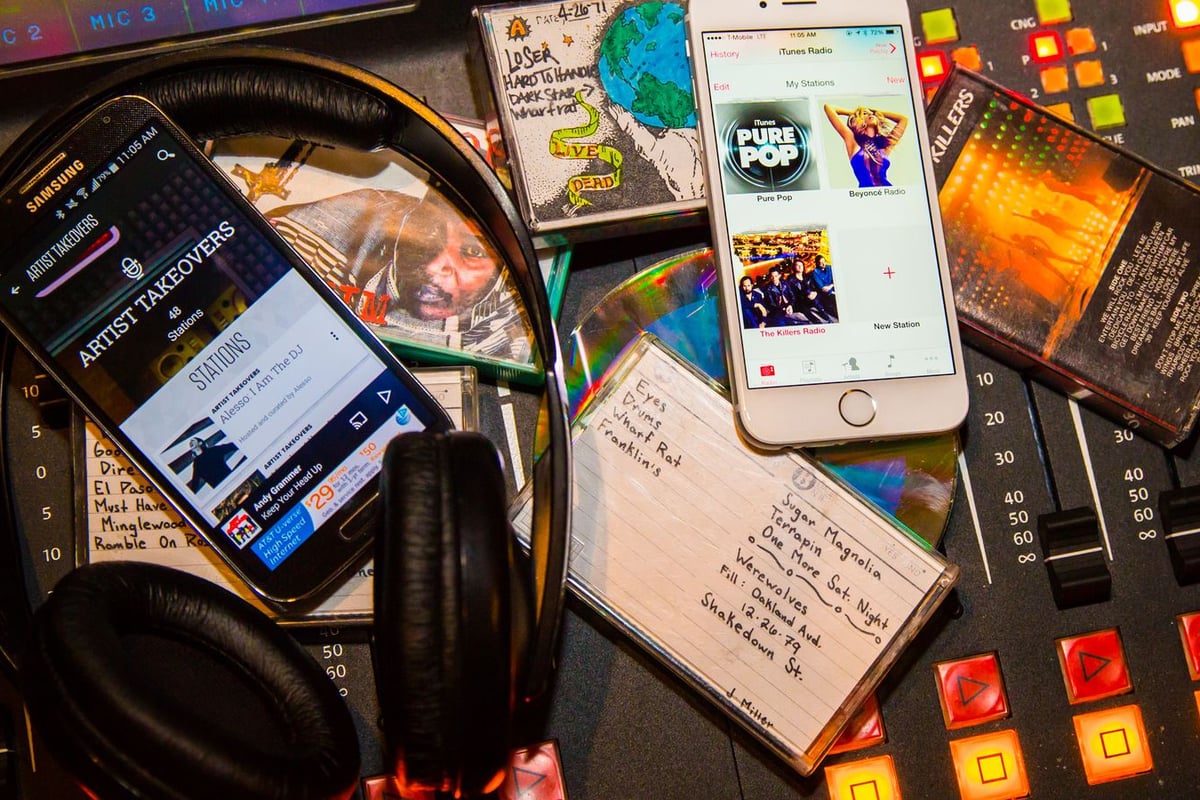Study: Australian streaming market to grow 32% by 2020

Australia’s rapid take-up of streaming is not about to dim in the near future, says a new white paper by Spotify and global media investment company GroupM.
It says that 37% of Australian streamers listened to music or watched TV/movie content in the past 12 months – and the market will grow 32% by the year 2020.
The study, titled ‘Streaming State Of Mind’, surveyed over 20,000 consumers in seven markets. Along with Australia, other geographical markets included were the United States, Germany, the United Kingdom, France, Canada and Sweden.
Its aim was to provide advertisers with a profile of streamers, identify their habits, and predict what trends to expect – and to try new ways to reach this demographic.
The key discoveries from the report indicated:
On average, half of internet users worldwide take part in streaming. In more mature online markets like the US and Sweden, over 60% of the population streams. This trend will keep growing, since many streamers are from ‘generation Z’, most of whom have grown up streaming.
Over 60% of streaming is now on mobile, streaming’s major platform compared to 40% of those who stream TV and movie content. In a market worth US$1.5 billion, mobile music moments like “working out” and “working” alone have unlocked US$220 million worth of new ad revenue in the seven markets.
Streamers are more likely to engage with all kinds of media than non-streamers, and 23% are more likely to value access over ownership. They’re also more open to content discovery, relying on personalized curation for new recommendations.
Andrea Ingham, Director of Sales for Spotify AU/NZ, said: “We know that there are more consumers streaming on mobile than ever before, which presents huge opportunities for both marketers and advertisers to take advantage of this growing market.
“Being able to understand the behaviours and ‘moments’ of streamers across multiple demographics was a key objective in creating ‘Streaming State of Mind’ as it helps to open up new ways for marketers to precisely target their audience through an audio platform.”
Another study providing insight into the mindset of Australian streamers found that Aussies spend, on average, 3.4 hours a day listening to audio content.
The Share of Listening Australia, by Pandora and software platform Vision Critical, will be conducted twice a year, with an initial release late last year.
Traditional radio still maintains the largest listening audience, with a 52% share. But streaming services such as Pandora and Spotify grew significantly in three years to gain 11% of the audio market, ranked at #3 after consumers listening to their own purchased music (16%).
They beat online music videos (8%), music TV channels (4%) and podcast (1%). “Other” made up 6%.
Music streaming has changed listening behaviour and trends, with a higher rate of average listening time. The data indicates that music is listened to throughout the day, particularly in the evenings for 14—39-year-olds on on a variety of devices.
Radio, on the other hand, is strongest in the mornings, mostly in the car, and skewed to the older 40—69 demographic.
Pandora ANZ’s Director of Business Development, Rick Gleave, observed, “While traditional radio still commands a large reach, the advent and uptake of music streaming is delivering incremental audiences for advertisers. The research found that one in three millennials do not listen to traditional radio in a given week. It’s a compelling look at current listening habits.”
According to the study, Pandora draws the most amount of attention with listeners. For every 10 consumer listening occurrences over three hours, Pandora accounts for one (10%), compared to one in 20 for other streaming services. Pandora users are more likely to listen in the home, at work, in the gym, as well as the car.
83% of Pandora users listen on mobile, compared to 72% of the total streaming market. The study states, “As a result, Pandora has the greatest share of listening occasions throughout the day, with 60% occurring between 8.30am and 4.30pm.”






























